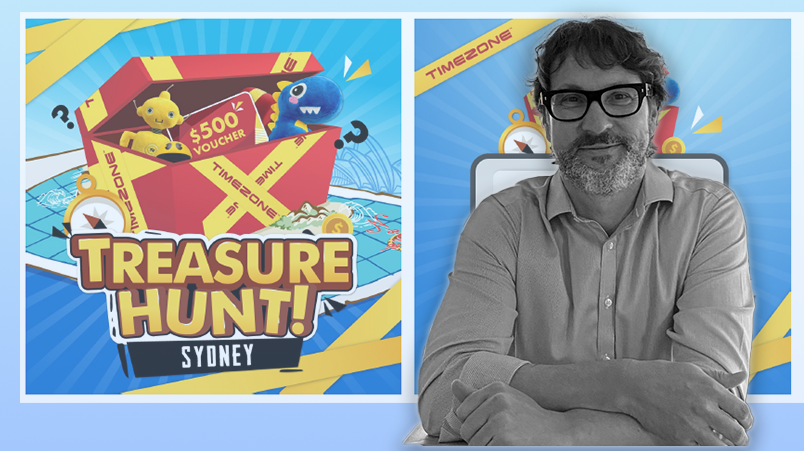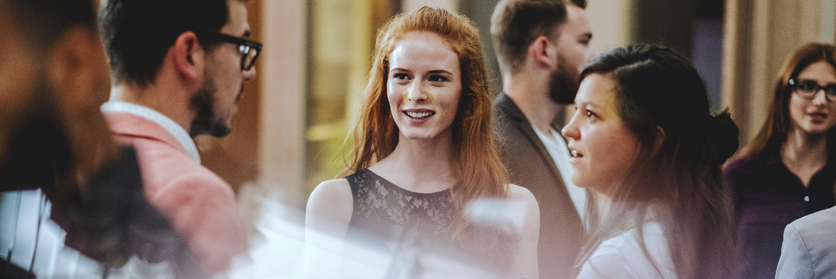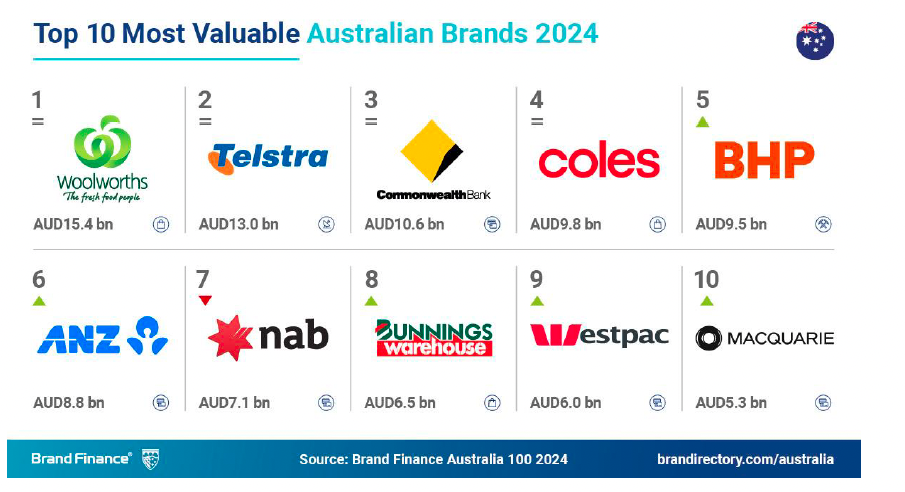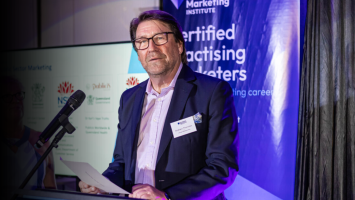‘We’re miles better off in-house’: How Timezone’s in-house agency is killing it on cost, productivity, fix rates and innovation – but avoiding ‘brutalised’, bored, blinkered creatives key

What you need to know:
- TEEG, the Quadrant and LAI-owned parent company of leisure brands including Timezone, Zone Bowling and Kingpin, says running an in-house creative studio is driving lower costs, reduced errors and fix rates, while delivering better and more innovative creative work, per marketing manager, Jacques Bergh.
- It’s now delivering almost a thousand campaigns a year and gaining increasing traction across the broader business.
- Yet there’s a hidden cost to running an in-agency team that’s critical to factor in: Keeping creativity alive and innovation time flourishing.
- Accepting failure and taking baby steps to address resistance to change and risk aversion were also vital to establishing the TEEG creative studio as a strategic pillar in delivering not just on campaigns, but in-venue assets and digital user journeys.
- Bergh is bullish enough about the studio’s speed, effectiveness and quality of work that he challenges external agencies to achieve the same kind of results.
If there’s an agency who wants to put their work up against us, we’re happy to go. We did work with agencies before, and honestly, we’re miles better off as we are now.
Private equity firm Quadrant swooped in 2017 to buy 50 per cent of the Timezone Group while taking over the bowling assets of Ardent Leisure Group. The deal triggered creation of a new holding company, The Entertainment and Education Group (TEEG), overseeing three brands in the family entertainment and leisure space: Timezone, Kingpin and Zone Bowling.
Back then, no one had thought of forming an in-house creative studio. Instead, two FTE designers and a part-timer pumped out a new bowling asset, or sign for collecting your shoes, based on the creative already provided by external agencies.
“All three brands had their own lean marketing teams and were producing a high volume of campaigns. That didn’t leave enough time to work on what the creative was, or get the brand messaging and position across,” Bergh says. “So we started looking at how the design studio could start adding to that and be part of the bigger conversation.”
That conversation duly got bigger, with the design team’s input bleeding into other areas of the business, such as new venue signage and digital screens, menu cards for its F&B offerings, customising prizes and venue prize draws.
Luckily for TEEG, it had recruited two experienced creatives along the way: An artist; and the former creative director of Ogilvy then Publicis in the Philippines. “When we understood what we had, we knew there was an opportunity to improve the design studio,” says Bergh.
Makings of an in-house model
Today, TEEG’s in-house creative studio team generates content, does its own corporate identity work, and owns campaign design. TEEG operates four brands, three in ANZ, each with its own marketing team. These teams brief the creative studio, a shared ANZ resource Bergh has been careful to ensure sits distinctively outside of the day-to-day operating rhythm, even while playing an increasingly strategic role in ideation.
“Some of our work, particularly for Timezone, which is across seven countries, is being implemented across other countries. We’re opening an additional design studio to take the overflow and creative work from Australia, to operate in the Philippines,” Bergh says.
The make-up of the team has evolved too. From pure graphic design, the five FTE headcount includes motion animation specialist, video specialist and UI/UX designer.
The other measure we look at is what is the repeat / fix rate of it… how many campaigns get batted back or have redesigns done. We’re at a fix rate of less than 5 per cent. I’d like to see an agency manage the same.
Faster, better, cheaper
Proving effectiveness has been critical, and cost and speed are key benefits. “We’re at about 45 per cent of outside cost on a per-design hour basis,” Bergh says of his year-to-date 2023 results.
This is despite cost tracking for five years showing it has steadily increased studio output by roughly 8 per cent per year.
“The team has become more experienced, word of the quality of their work reaches other areas of the business – generating additional requests – and they become better at using systems and procedures that maximise efficiency,” per Bergh.
The TEEG Creative Studio produces about 960 campaigns per year – another figure that’s improved year-on-year. This includes one-item jobs, such as an EDM, through to a school holiday campaign which might include 100 assets across EDMs, posters, in-venue screen, Instagram stories and more. The total number of individual files produced would be nearer 10,000, Bergh claims.
“The other measure we look at is what is the repeat / fix rate of it… how many campaigns get batted back or have redesigns done. We’re at a fix rate of less than 5 per cent,” he explains. “I’d like to see an agency manage the same.
“Internally, we want to make sure brands get share equal to what they put in and where revenue is allocated. We don’t want to look at the studio as a cost centre – it’s not how we see creative work. But it’s still one of the measures we have to have – in the same way we have COGS [Cost of Goods Sold] for other work done.
“What you don’t see in those numbers is the time benefit. We design faster than an agency would because the briefing process is less arduous and less open to misinterpretation. That’s because so much of it is business we know and the team already knows the brands so well.”
An interesting outcome of investing in an in-house studio is giving employees a seat at the table, Bergh says.
“It’s not as though they sit outside the boardroom and wait for the briefs to come; they have insight into what’s happening operationally, what’s coming up and where the revenue is. That helps them to understand what the priorities are,” he says. “The team has to ask: Am I going to put six hours of creative into a school holiday campaign that might be 10 per cent of revenue for the year, or put six hours on creative into a poster that tells you where to go fit your shoes in a venue?”
Another point Bergh raises is speed and responsiveness to meet complex business needs.
“We have food businesses in two brands; we’re targeting birthday parties, social players, parents of kids with birthday parties. The campaigns stack up quite quickly,” Bergh says. “Especially in the year we’ve just had; we needed to be able to pivot quite quickly. Companies are also doing a lot more work in the digital space, where we now have apps, online reloads. A massive component of our business focuses on either booking the game online or getting your bowling or karaoke online.”
There’s a very blurred line as to where the idea comes from. Sometimes the studio just made it 10 per cent better, or simplified it, or made it more legible. Sometimes the marketing teams come up with brilliant ideas. The one thing we know for sure is we’re better off by a tremendous margin for having people who are allowed to play and come up with ideas, and be creative.
Hidden costs
But there are disadvantages and considerations Bergh flags as critical to sustainably running an in-house agency model. The top one is keeping team skills updated, and motivation and creativity flowing. Staff going stale and becoming blinkered to broader creative cultural influences has long been cited by external agencies and holding companies as a reason not to take everything in-house.
“We have regular breakaways, at least on a quarterly basis, where we’ll go to some inspirational spot and also talk through what our business goals are,” Bergh says. “There is a hidden cost involved in how you manage the teams so that you don’t brutalise someone’s creativity.
“Think about the artist we have. For him, if he only had to resize posters all day, and make the 100 assets of that one campaign, it’d break his mind. So there is an investment for us in how we train, keep staff motivated, to make sure they don’t burn out. That’s the disadvantage to having the internal creative agency: You only see the same brand and what you did last year.”
Another practice TEEG has adopted commonly seen in IT development teams is allocating set time once per week to experiment.
“We’re probably beyond 5 or 10 per cent – we’re probably more like 20 per cent,” Bergh says. “The best example of this is when we look at how the studio collaborates with our social teams. A lot of the ideas that go onto social come out of the creative studio.
“There’s a very blurred line as to where the idea comes from. Sometimes the studio just made it 10 per cent better, or simplified it, or made it more legible. Sometimes the marketing teams come up with brilliant ideas. The one thing we know for sure is we’re better off by a tremendous margin for having people who are allowed to play and come up with ideas, and be creative.”
Balance of power
TEEG’s creative studio is typical of the shape, state and age of Australian in-house agency models.
According to the In-House Agency Council Australia’s 2023 Agency Landscape report, two-thirds of those employed in in-house agencies are graphic designers, followed by digital designers (60 per cent), social media managers (53 per cent), copywriters (51 per cent) and either project managers or creative directors (48 per cent apiece). It’s worth noting just like TEEG, capabilities expand as these groups mature: In IHAC’s survey, for instance, an average of 3.2 capabilities has grown to 7.3. And just like TEEG demand only continues for these services, with three-quarters of all IHAC respondents predicting workload to increase in the next 12 months.
IHAC found the majority (28 per cent) have been in place between 6-10 years, and just shy of half have between 5 and 25 people. Like most brands, TEEG’s in-house agency model is also hybrid and the business uses external agencies for PR and media buying.
“We just don’t have the manpower to slice and dice the ROI on investment or ad spend for every media thing or have the media contacts to negotiate and get us the best price,” Bergh says.
Bergh is not alone either in how he see the benefits of his in-house creative studio compared with the IHAC report – cost efficiencies, better knowledge of brand and dedicated staff are the top three wins from adopting this approach, according to survey respondents.
Risk, reward, friction
That doesn’t mean it didn’t take TEEG time to land on the right model and way of working. Bergh’s top friction point initially was resistance to change.
“You want to do what you’ve always done and marketing teams want to play it safe. The way we got over that was baby steps,” he says. “We started playing with the small campaigns so if it looked dramatically different from what the campaign previously looked like, that’d be ok.”
He says the strangest creative the studio has come up with so far was also risky.
“We have these little enamel badges and one looks like a cocktail, another like a claw machine. For Kingpin, there’s one that gives the middle finger with a crown on the end that says ‘crown it bitch’. We thought oh my god, you’re going to get us all fired,” Bergh says. “But guess what the number one enamel pin that sells in the venue?
“At the moment, what we’re doing at Kingpin is bringing a lot more of that branding into the prizes we have in the prize shop. When we do that, it’s the creative team that will come up with what those pieces of plush are going to be.”
They don’t get it right every time. A less successful idea was deconstructing the rubber duck (TEEG sells a lot of toys within its venues). “They wanted an inside out duck. So I think there’s maybe several unsuitable ideas for each one that’s suitable,” Bergh adds.
Free range vs workaday
Which leads into another friction point TEEG faced embracing its in-house agency: Accepting failure.
“Just because you’re creative, it doesn’t mean that’s what it always has to be; it still has to serve a business purpose. That was a tough part of the conversation, particularly with some of the team, who liked to play,” Bergh says. “You still have to guide them to be ultimately producing something that makes the service, product or experience attractive to a person and guest that wants to come to the venue. Not everything can be ‘crown it bitch’. Some things have to appeal to a large audience.”
Through all of this, Bergh has worked hard to keep the studio more like an agency, not purely an in-house output unit.
“When we were first here, it was design 9-5, and 80 per cent of the arguments were around ‘did you brief correctly’, or ‘when did you put your brief in’ or ‘what’s the deadline for this’,” he says. “Our creative studio today focuses more on what is the product and can we get it out on time, and how we can make it super creative. We’ve set the studio up to operate like an internal agency as opposed to an internal resource. It’s so they don’t get trapped into ‘he said, she said’ argument – we have to think of the marketing teams as our customers.
“That’s part of the reason we have the metrics we have. You have to deliver at a certain cost, with fewer returns. We’ve gone after the old cliché of good, fast, cheap – we try to get all three.”
With merchandise sales and social media, it’s easy at least to see the impact of the studio’s work.
“We do a lot of A/B testing and we’re at a point now where we go beyond changing a line on the EDM; there will be two different flavours of EDM to go out and we’ll see which one has the higher clickthrough rate,” Bergh says. “The other thing we’re doing is to self-critique – are we holding ourselves accountable to what the brand says if we feel we’re doing a lot of changes?”
UX, AI and beyond
A recent project Bergh is proud of is two new websites for Kingpin and Zone Bowling, where the studio became involved in the user journey through to the booking engine. Having produced a campaign and posters based on AI, the team is tuning up on how to leverage AI as well.
“A lot of agencies are scared AI will kill creativity, but we see it as a tool that’s going to boost our creativity and help us to do work that otherwise would have taken hours of moving pixels around,” Bergh says.
The focus in 2024 is to help a greater part of the organisation, as well as be even more productive. “We’re one of the biggest operators of family entertainment centres – if you looked at us at a toy store, we’d be in the top 10 of the country,” Bergh says.
“We’re keen to capture and get the message out there that our brands are innovative, we’re bringing new things in and there’s a reason for a return visit. That means we have to increase our capability to tell more stories more quickly.
“If there’s an agency who wants to put their work up against us, we’re happy to go. We did work with agencies before, and honestly, we’re miles better off as we are now.”





